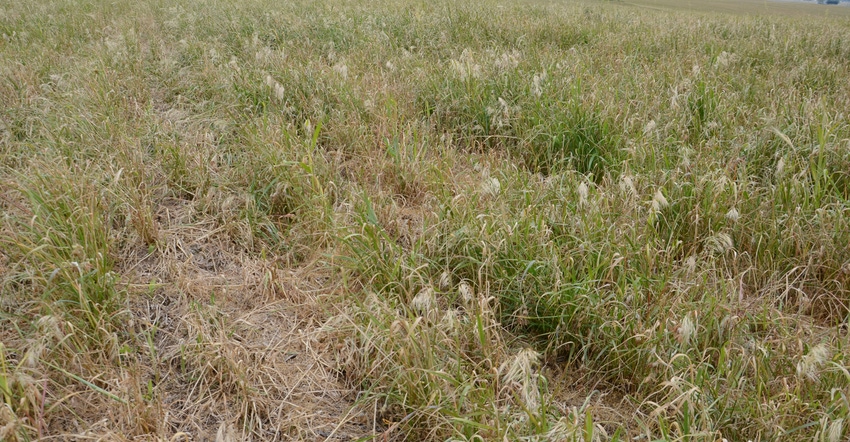May 28, 2020

Partial budgets are used extensively to examine changes in enterprise size, make rental vs. purchase decisions and examine changes in input use for things such as seed or fertilizer for a specific enterprise. Here’s how to use partial budgets when making cover crop decisions.
Partial budgets focus on changes to revenue and costs. These changes can also be categorized as benefits and costs.
The benefits of a change take the form of additional revenue or reduced cost. These benefits are measured using two questions:
1. What new or additional revenue will be received? For cover crops, this may take the form of potentially higher crop yields. There also may be revenue associated with haying or grazing cover crops.
2. What current costs will be reduced or eliminated? For example, when cover crops are adopted, it may be possible to reduce nitrogen, phosphorus and/or potassium costs.
What about costs? The costs of a change take the form of reduced revenue or additional costs. Again, we measure potential costs with two questions:
1. What new or additional costs will be incurred? For the adoption of cover crops, these new or additional costs take the form of cover crop seed, sowing, and perhaps tillage preparation costs and expenses associated with the termination of cover crops.
2. What current revenue will be lost or reduced? If crop yields are reduced with the adoption of cover crops, the resulting reduction in crop revenue would represent a cost for partial budgeting purposes.
How it works
Now let’s put the pieces together. Cover crops can enhance revenues if crop yields increase as a result, or if the cover crop can be hayed or grazed before it’s terminated. Another benefit of a cover crop results from potential reductions in fertilizer costs.
Added costs resulting from the adoption of cover crops may include cover crop seed, planting and termination. Net return or net change in profit is computed by subtracting cover crop costs from cover crop benefits, which include reduction in fertilizer or other input costs.
As a final note, in addition to comparing the benefits and costs of cover crops, it is important to recognize that there are numerous agronomic benefits, which include but are not necessarily limited to an improvement in soil carbon content, drought tolerance and soil erosion reduction.
In addition, periodically, there are government payments associated with adopting cover crops. This may be especially true for those trying cover crops for the first time. You may want to check with your local soil and water conservation district or Natural Resources Conservation Service office to see if there are incentive programs available in your area. Sometimes, these are specific to a county or watershed and not the entire state.
If incentives are available, you can include them in your partial cover crop budget. However, these incentives may only be available for the first year or first few years that you grow cover crops.
Learn more about partial budgeting and other agricultural economics management techniques from the Center for Commercial Agriculture.
Langemeier is a Purdue University Extension agricultural economist and associate director of the Purdue Center for Commercial Agriculture. He writes from West Lafayette, Ind.
About the Author(s)
You May Also Like






